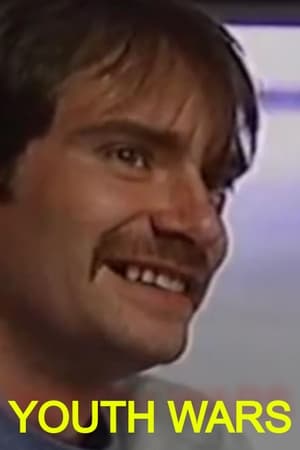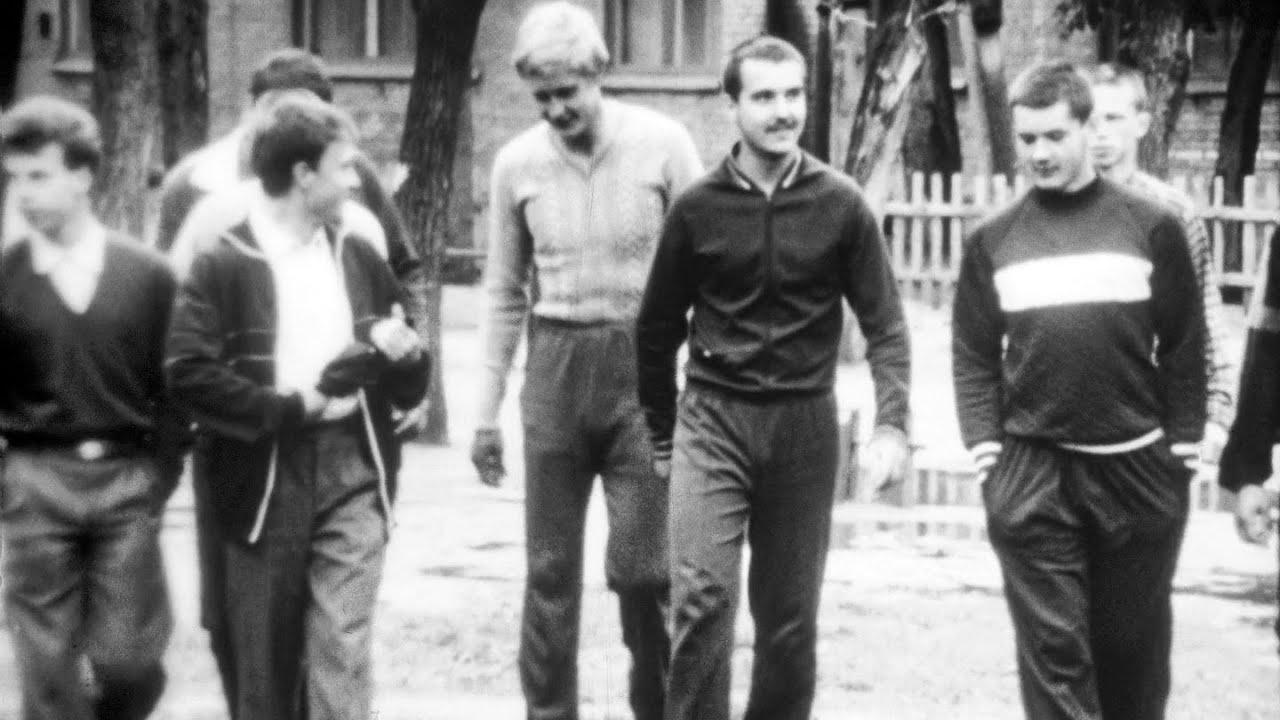
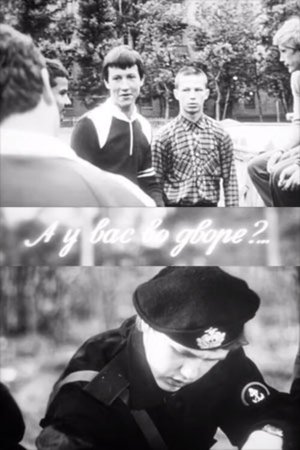
And What About Your Backyard?(1987)
About youth gangs on the streets of Kazan.
Movie: And What About Your Backyard?

А у вас во дворе?
HomePage
Overview
About youth gangs on the streets of Kazan.
Release Date
1987-08-02
Average
0
Rating:
0.0 startsTagline
Genres
Languages:
PусскийKeywords
Similar Movies
 6.6
6.6Rize(en)
A documentary film that highlights two street derived dance styles, Clowning and Krumping, that came out of the low income neighborhoods of L.A.. Director David LaChapelle interviews each dance crew about how their unique dances evolved. A new and positive activity away from the drugs, guns, and gangs that ruled their neighborhood. A raw film about a growing sub-culture movements in America.
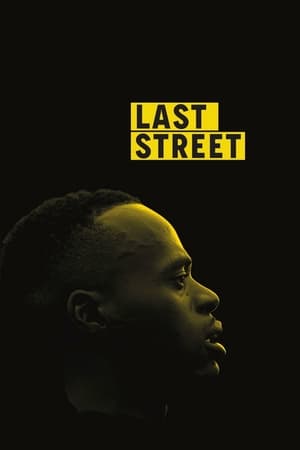 7.0
7.0Last Street(en)
Kingston, Jamaica. After the controversial extradition of notorious drug lord Dudus Coke to the United States in 2010, chaos took over his former territory, the western neighborhoods of the city, where extremely violent gangs of teenagers kill each other for whatever reason. A group of reformed gangsters from Denham Town decide to mediate.
Scenes from a Teenage Killing(en)
Travelling the length and breadth of Britain, the film explores the impact of teenage killings on families of different religion, race and class.
 6.7
6.7Last Man Standing: Suge Knight and the Murders of Biggie and Tupac(en)
Last Man Standing takes a look at Death Row and how L.A.’s street gang culture had come to dominate its business workings, as well as an association with corrupt LA police officers who were also gang affiliated. It would be this world of gang rivalry and dirty cops that would claim the lives of the world’s two greatest rappers: Tupac Shakur and Biggie Smalls.
Hip Hop: A Tale from the Hood(en)
A documentary about the two New York rap artists I.G. Off & Hazadus and their struggle from street to studio to fame. Shot in the years 2000 and 2001
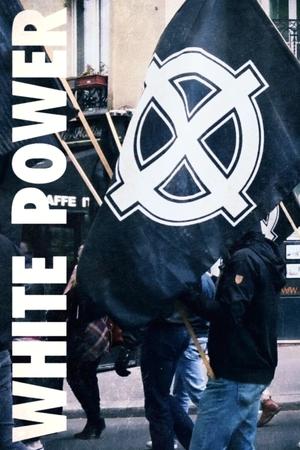 5.0
5.0White Power: Inside Europe's Far-Right Movement(fr)
An analysis of the rise of the European far-right, increasingly present in both politics and everyday life: an inquisitive journey through France, Germany and Belgium.
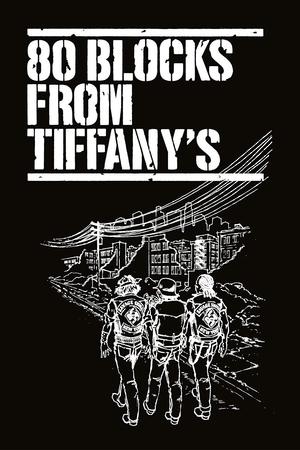 6.6
6.680 Blocks from Tiffany's(en)
This 1979 documentary depicts the daily life of gangs in the South Bronx. It deals primarily with two African American and Puerto Rican gangs known as the "Savage Skulls" and the "Savage Nomads".
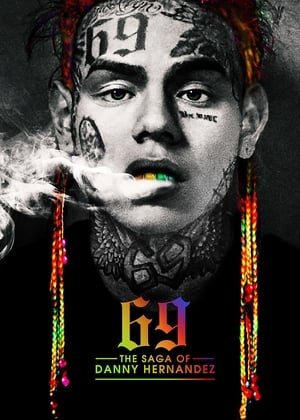 6.0
6.069: The Saga of Danny Hernandez(en)
Part investigative documentary, part real-life gangster movie, this film unpacks the life of polarizing rap sensation and internet troll Tekashi69, aka 69, while chronicling his meteoric rise and fall from fame.
 7.0
7.0Rubble Kings(en)
Through archival footage Nicholson tells the story of the real Warriors that walked the streets of New York City in the 1970s and the harsh reality of gang life in a city that seemed to be falling apart.
 0.0
0.0La Madrina: The Savage Life of Lorine Padilla(en)
A documentary about a beloved South Bronx matriarch and former "First Lady" of the Savage Skulls gang struggling to remain visible in a rapidly gentrifying community she helped rebuild in the 1980s. With one foot firmly grounded in the outlaw life and the other as an activist and spiritual advisor, Lorine Padilla straddles the complexities of multiple worlds.
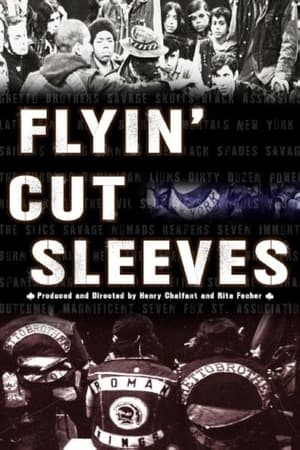 4.5
4.5Flyin' Cut Sleeves(en)
FLYIN' CUT SLEEVES, completed in 1993, portrays street gang presidents in the Bronx. Their world was the streets, set against a backdrop of uprooted families, cultural alienation, drugs and violence. Neighborhood teenagers responded by organizing into street groups known to the members as "families", but labeled in the most alarming terms as violent gangs by the press. The documentation of these lives over a twenty-year period offers a remarkable perspective on life in the ghetto (spanning four generations), and the means that people devise to cope from the time that they are children to when they serve as parents and role models for a new generation.
Sayonara Speed Tribes(en)
An aging Japanese bike gangster mentors a crop of halfhearted pledges threatened by police pressure. In doing so, he confronts his tough guy past and dwindling options for the future.
 7.4
7.4Mur Murs(fr)
Venturing from Venice Beach to Watts, Varda looks at the murals of LA as backdrop to and mirror of the city’s many cultures. She casts a curious eye on graffiti and photorealism, roller disco & gang violence, evangelical Christians, Hare Krishnas, artists, angels and ordinary Angelenos.
 8.0
8.0The Story of Skinhead(en)
Don Letts examines the history of this notorious subculture in a fascinating documentary, which features interviews with members of different skinhead scenes through the decades. Beginning in the late 1960s, Don fondly recalls a time of multiracial harmony as youngsters bonded over a love of ska, reggae and smart clothes as white working-class kids were attracted to Jamaican culture and adopted its music and fashions. But when far-right politics targeted skinheads in the 1970s and 1980s, an ugly intolerance emerged, and Don reveals how the once-harmonious subgroup has since struggled to shake this stigma.
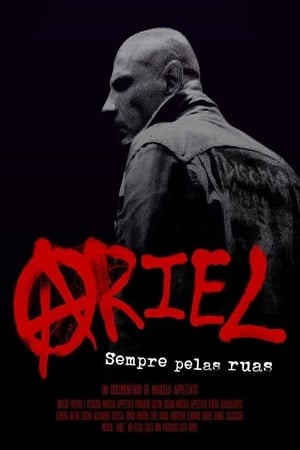 0.0
0.0Ariel - Sempre pelas Ruas(pt)
Documentary about the poet, musician and pioneer of the brazilian punk pioneer Ariel Ulliana, former 'Inocentes' e vocals on bands 'Restos de Nada' and 'Invasores de Cérebros'
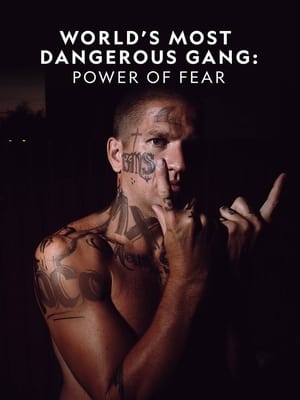 0.0
0.0World's Most Dangerous Gang: Power of Fear(en)
You've seen the graffiti, the tattoos, the headlines documenting their brutality. What is driving the rapid spread of the ultra-violent gang Mara Salvatrucha (MS-13)? National Geographic re-investigates MS-13, tracing the evolution and uncovering the truth about this notorious street gang.
 8.1
8.1Bound by Honor(en)
Based on the true life experiences of poet Jimmy Santiago Baca, the film focuses on half-brothers Paco and Cruz, and their bi-racial cousin Miklo. It opens in 1972, as the three are members of an East L.A. gang known as the "Vatos Locos", and the story focuses on how a violent crime and the influence of narcotics alter their lives. Miklo is incarcerated and sent to San Quentin, where he makes a "home" for himself. Cruz becomes an exceptional artist, but a heroin addiction overcomes him with tragic results. Paco becomes a cop and an enemy to his "carnal", Miklo.
 7.7
7.7The Warriors(en)
Prominent gang leader Cyrus calls a meeting of New York's gangs to set aside their turf wars and take over the city. At the meeting, a rival leader kills Cyrus, but a Coney Island gang called the Warriors is wrongly blamed for Cyrus' death. Before you know it, the cops and every gangbanger in town is hot on the Warriors' trail.
